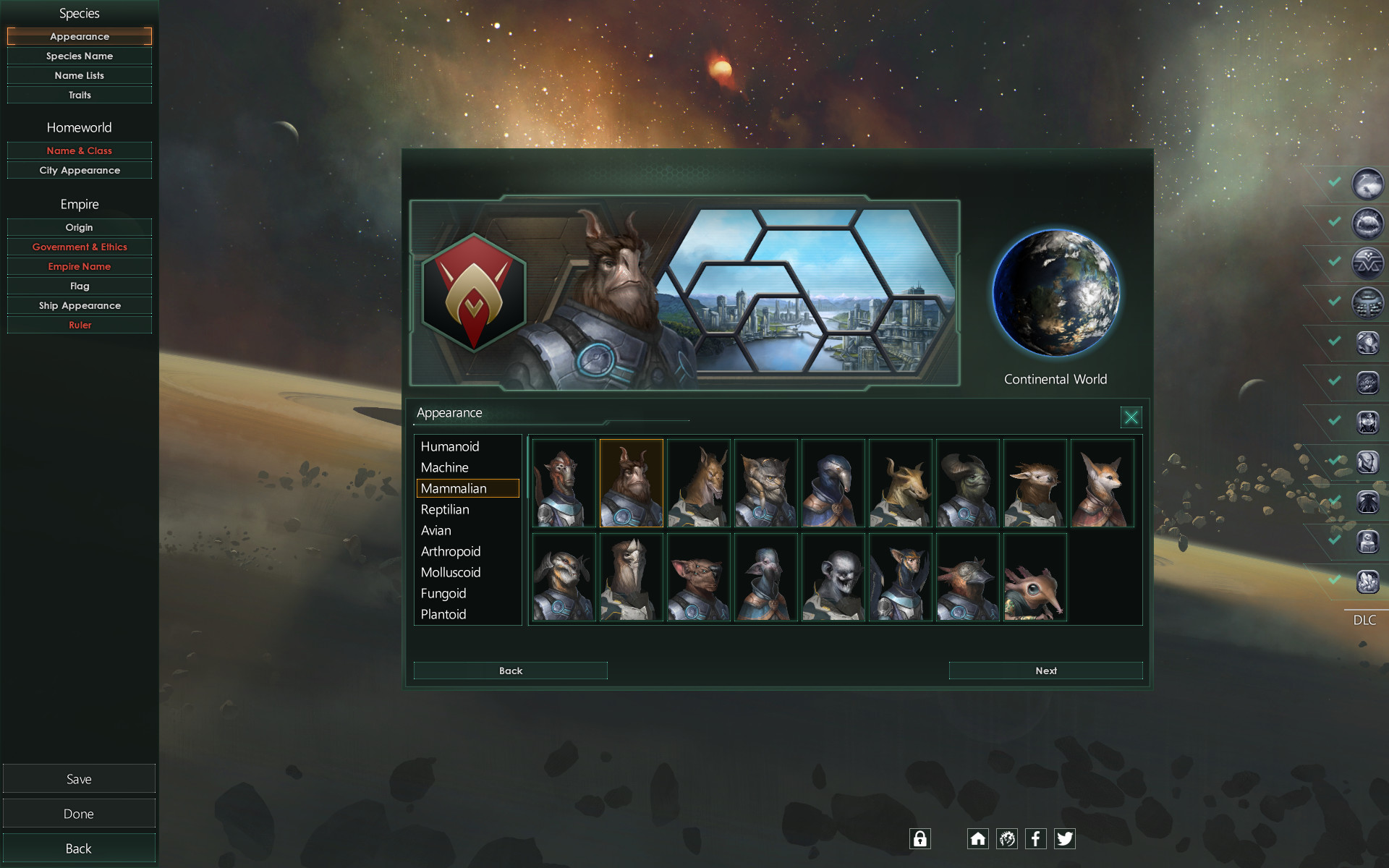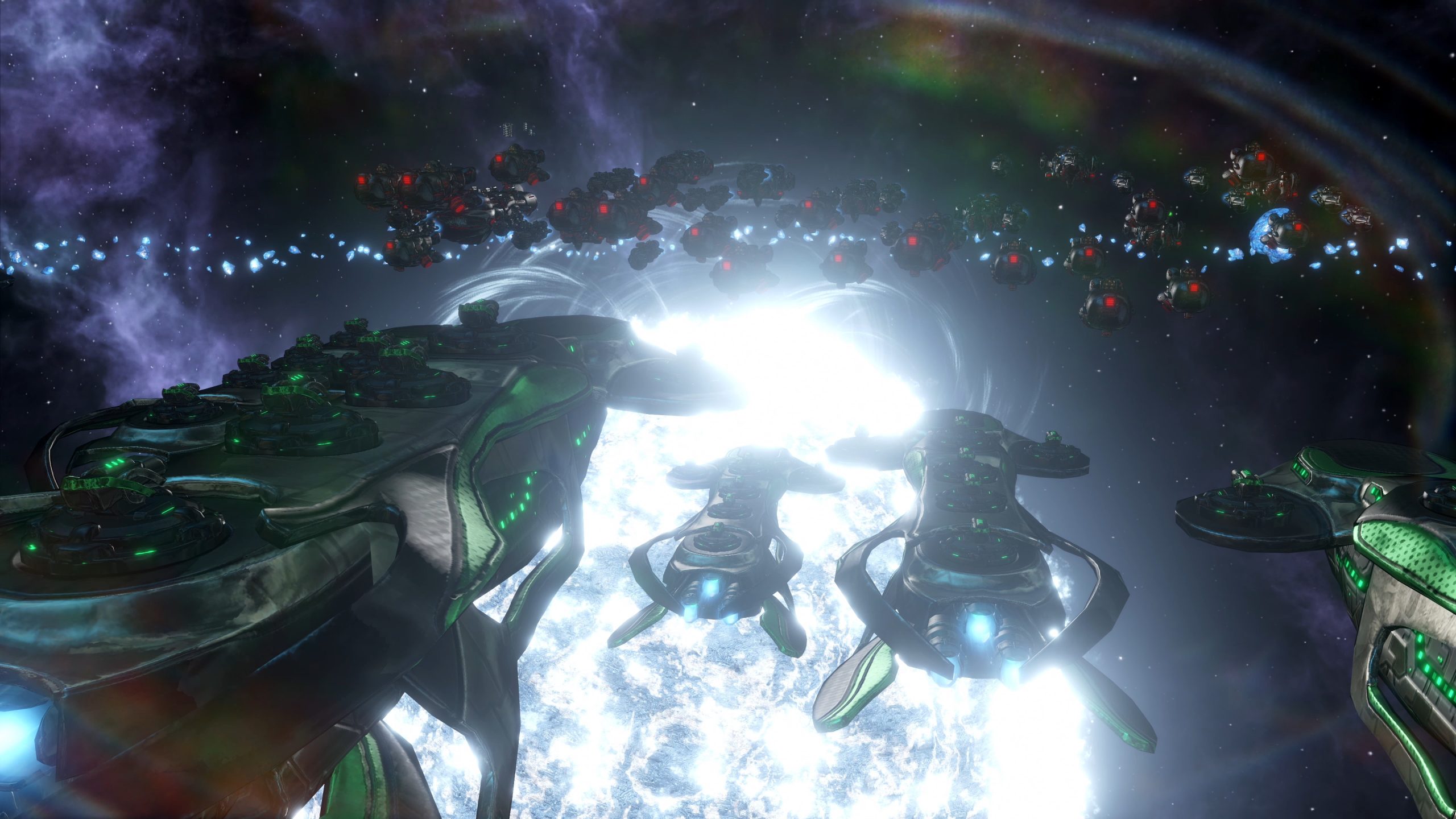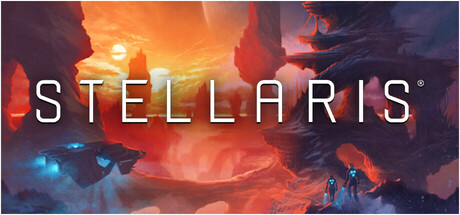Introduction
Stellaris, released May 9, 2016 by Paradox Development Studios, lets players build and shape a galactic empire. It blends grand-strategy depth with 4X exploration. This mix appeals to anyone who dreams of charting stars or negotiating with alien civilizations. Despite its depth, it remains one of the most approachable strategy games available.
How Stellaris Stacks Up to Similar Titles
If you’ve enjoyed Civilization VI or Endless Space 2, Stellaris will feel familiar. However, it also adds its own flavor:
- Civilization VI: Instead of turn-based city building, Stellaris uses real-time with pause grand strategy. This creates more dynamic diplomacy, though it does introduce a steeper learning curve.
- Endless Space 2: Both games value story-driven anomalies, yet Stellaris emphasizes procedural galaxies and large-scale fleet battles.
- Galactic Civilizations III: Diplomacy and ship design in Stellaris feel more dynamic, while Galactic Civ focuses on structured research and sandbox play.
- Master of Orion: Stellaris echoes its tactical combat, but it expands customization, modding, and long-term updates far beyond.

Story and Emergent Narrative
Unlike many strategy games, Stellaris avoids a fixed storyline. Instead, it offers anomalies, fallen empires, and galaxy-wide crises that shape your journey. You might begin as a peaceful trader but later face a desperate war against cosmic invaders. Because events are dynamic, every playthrough tells a new story.
Gameplay Mechanics
- Exploration: Science ships uncover anomalies that can trigger quests. These include lost vaults, rogue AI, and ancient relics.
- Diplomacy: You can form federations or betray allies. Political ideologies, espionage, and galactic votes ensure variety.
- Warfare: Real-time fleet battles reward flexible tactics and strong ship design. Endgame crises often span dozens of star systems.
- Empire Management: Your choices on ethics, policies, and planet specialization affect resources and citizen happiness.
- Modding & Updates: Paradox supports Stellaris with free DLC and community mods. These add origins, species packs, and quality-of-life updates.
Visuals and Audio
Hand-painted planets, nebula swirls, and sleek ships make the galaxy stunning to explore. The orchestral soundtrack and ambient effects build a sense of mystery and calm. Together, they create the perfect backdrop for late-night exploration.

User Reviews & Community Feedback
On Steam, Stellaris holds a “Very Positive” all-time rating of 87% (129,172 reviews). Recent reviews sit at 75% (897). Players highlight:
- Replayability: Endless empire types and galaxy layouts keep the game fresh.
- Active Support: Frequent updates and modding tools extend its lifespan.
- Emergent Stories: Random events create memorable tales.
Criticism often points to a steep learning curve and mid-game slowdowns. However, recent patches have improved tutorials and performance. New players should expect some initial challenge.

Overall Impact & Replay Value
Stellaris has secured its place by blending deep strategy with 4X exploration. It has also inspired developers and modders to explore procedural storytelling further. With ongoing expansions and mods, the game world evolves constantly. The galaxy you see today may feel very different in six months.
Conclusion
For fans of strategy who want a flexible sandbox—or for casual players who enjoy relaxed exploration—Stellaris is worth trying. The early complexity soon opens into rewarding empire building, diplomacy, and epic battles. If you love open-ended games with lasting replay value, chart your course among the stars. Stellaris is ready.

